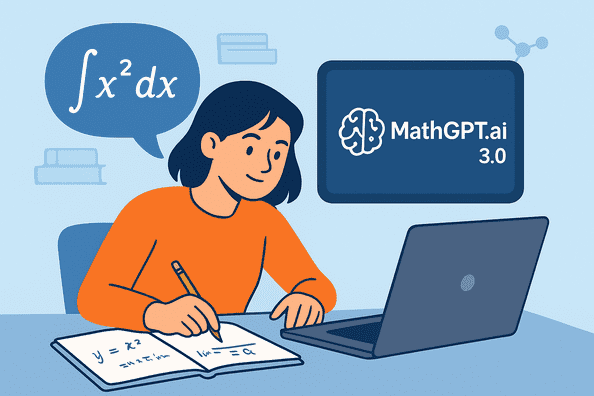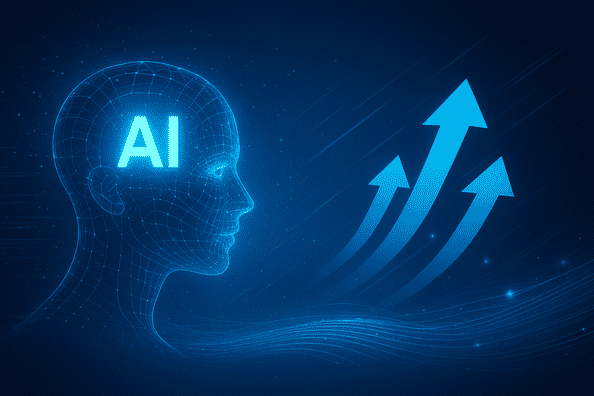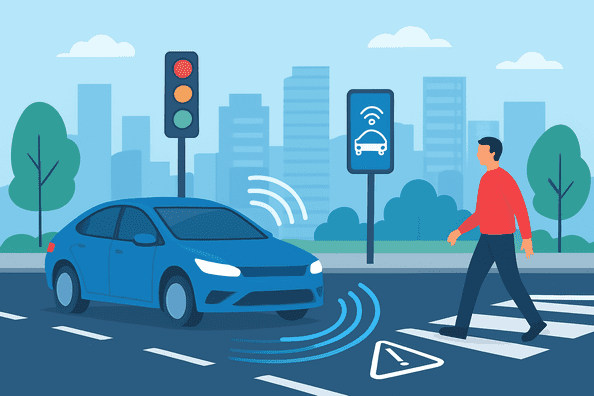Mathematics can feel like scaling a sheer cliff: each symbol and equation is a foothold you must trust. In an era overflowing with AI tools that merely deliver answers, true understanding is too often sacrificed. MathGPT.ai 3.0 changes the game by focusing on the learner’s journey rather than the destination. This post explores how its adaptive guidance, real-world relevance, and emphasis on reflection empower students to master concepts without cutting corners.
From Static Worksheets to Adaptive Dialogue
Traditional computer-based drills rely on fixed problem sets and generic feedback. Early AI tutors offered incremental improvements but still treated each student identically. MathGPT.ai 3.0 builds a unique profile for every learner, identifying strengths and misconceptions as they work. When a student hesitates on a step, the system poses a thought-provoking question rather than supplying the next line of algebra. This conversational scaffolding encourages active problem solving and builds confidence with each small success.
How Guided Discovery Beats “Answer-Only” Approaches
A common pitfall with AI homework helpers is that they become crutches. MathGPT.ai 3.0 sidesteps this by weaving in reflective prompts throughout the solution process. After a hint about isolating x in an equation, the system asks the student to restate the reasoning in their own words. By pausing to articulate understanding, learners spot gaps and solidify connections. This continuous cycle of suggestion and self-explanation transforms tedious drills into an engaging back-and-forth dialogue.
Real-World Scenarios: Math Beyond the Classroom
Calculating a Family Road Trip Budget
Picture planning a 1,200-mile journey. Instead of plugging numbers into a formula, MathGPT.ai 3.0 walks you through interpreting real-world variables: fuel economy under varying terrains, dynamic gas prices across regions, and the impact of adding detours. As students adjust assumptions, they gain practical budgeting skills and see algebra’s relevance.
Exploring Loan Amortization for Small Businesses
A local bakery secures a $50,000 loan at 5% interest over five years. The amortization formula may seem abstract, but MathGPT.ai 3.0 invites learners to simulate different rates and terms. When the system prompts, “What happens if you shave 0.25% off the interest rate?” students calculate new monthly payments and discover how small changes influence long-term commitments.
Balancing Strengths and Caveats
Personalized Pacing with Real-Time Feedback
By tailoring examples to each individual’s pace, MathGPT.ai 3.0 ensures that students master foundational steps before moving on. Immediate feedback flags misconceptions while they’re still fresh, preventing frustration and reinforcing correct methods.
Encouraging Educator Collaboration
Despite its power, the platform shines brightest when combined with traditional teaching. Instructors can review AI logs to identify common stumbling blocks and design targeted lessons. This synergy between human insight and AI analytics elevates the entire learning experience.
Recognizing Advanced Topic Limits
Some areas—like abstract proof techniques or advanced topology—still demand nuanced human expertise. MathGPT.ai 3.0 flags these topics, suggesting learners seek additional guidance from teachers or peers, rather than attempting to navigate them solo.
Cultivating a Growth Mindset Through Reflection
Math anxiety often stems from relentless pressure to perform rather than learn. MathGPT.ai 3.0 reframes each problem as an opportunity to explore. Reflection prompts at strategic points—“Why does factoring simplify this expression?” or “How does changing this parameter affect the graph?”—encourage curiosity. Journaling answers to these questions turns fleeting insights into lasting understanding.
Best Practices for Classroom and Self-Study Integration
Blended Learning Workshops
Set aside sessions where students tackle problems with MathGPT.ai 3.0 and then discuss varied solution paths in groups. Hearing peers explain their reasoning deepens comprehension and builds communication skills.
Reflection Logs as Assessment Tools
Ask learners to maintain a brief journal of challenges faced and “aha” moments. Reviewing these logs offers teachers a window into each student’s thought process beyond right or wrong answers.
Peer-Led Problem Variations
Encourage students to create new problem twists—changing parameters, contexts, or constraints—then test one another. This exercise fosters ownership of concepts and highlights real-world adaptability.
Conclusion: Embracing AI as a Learning Companion
MathGPT.ai 3.0 does more than answer questions; it nurtures critical thinking, contextual awareness, and a resilient mindset. When woven into a holistic teaching strategy that values reflection and collaboration, this AI tutor transforms math from a daunting chore into a compelling adventure. Empowered by transparency and guided discovery, learners won’t just get to the top of the mountain—they’ll understand every step of the climb.



